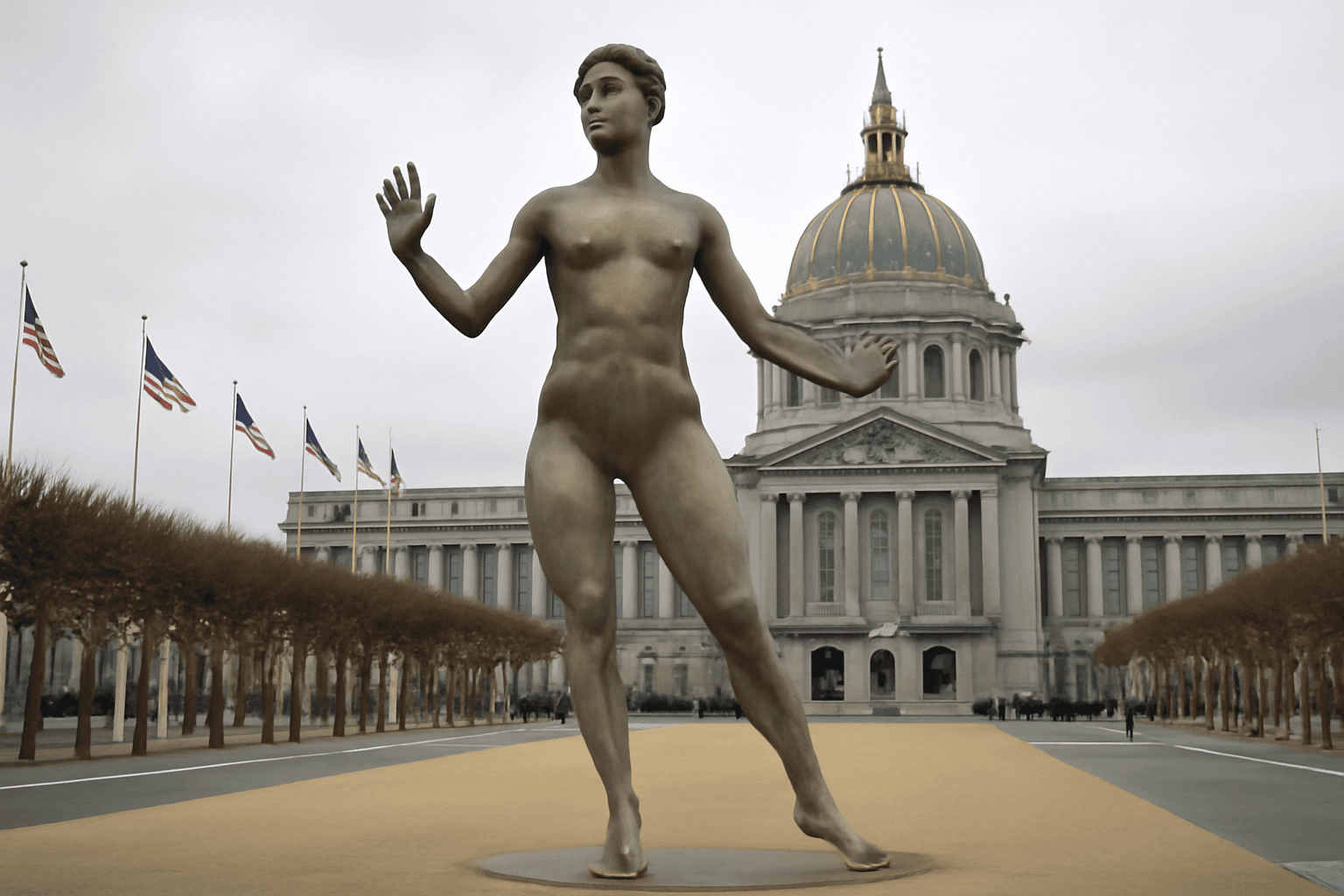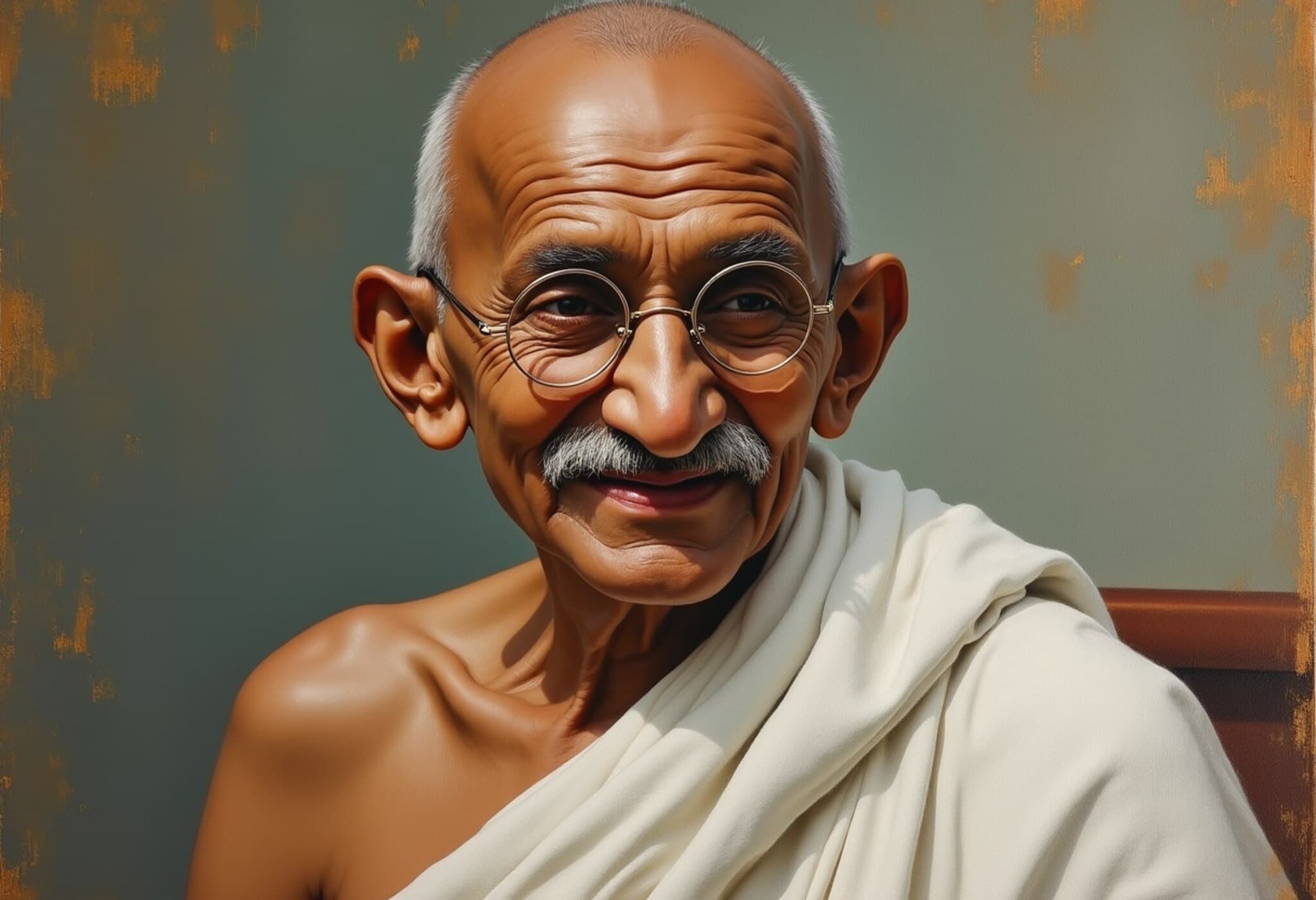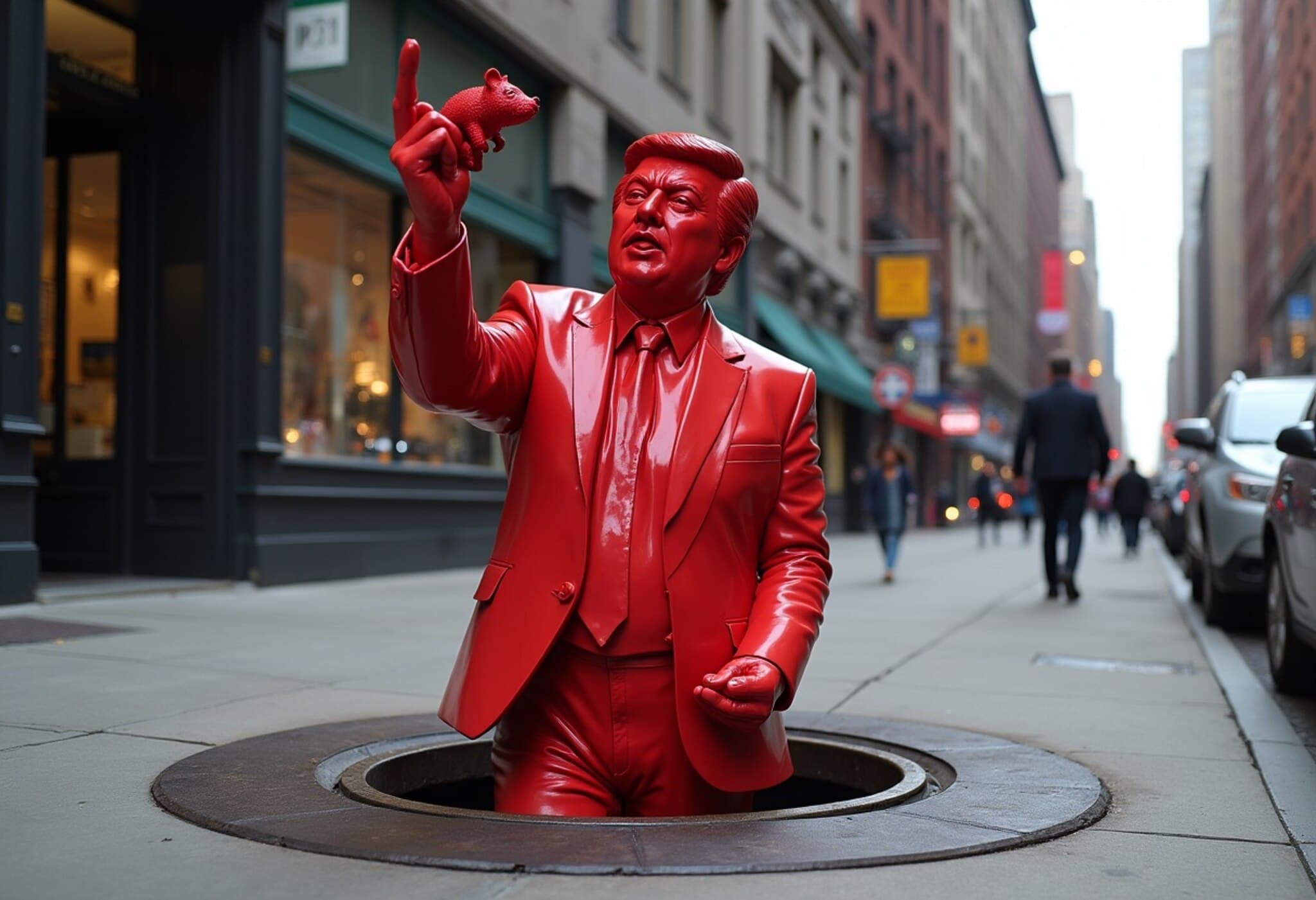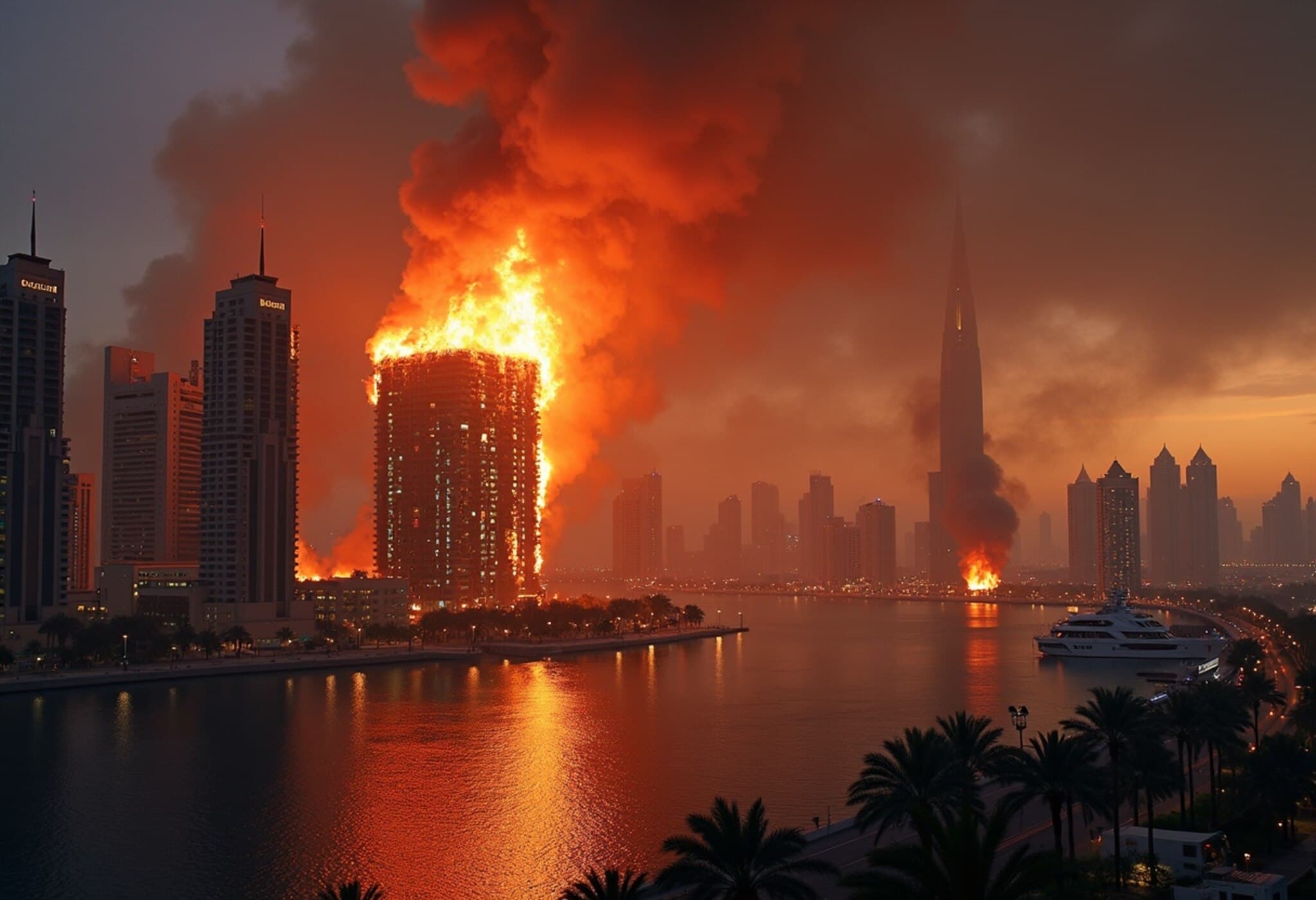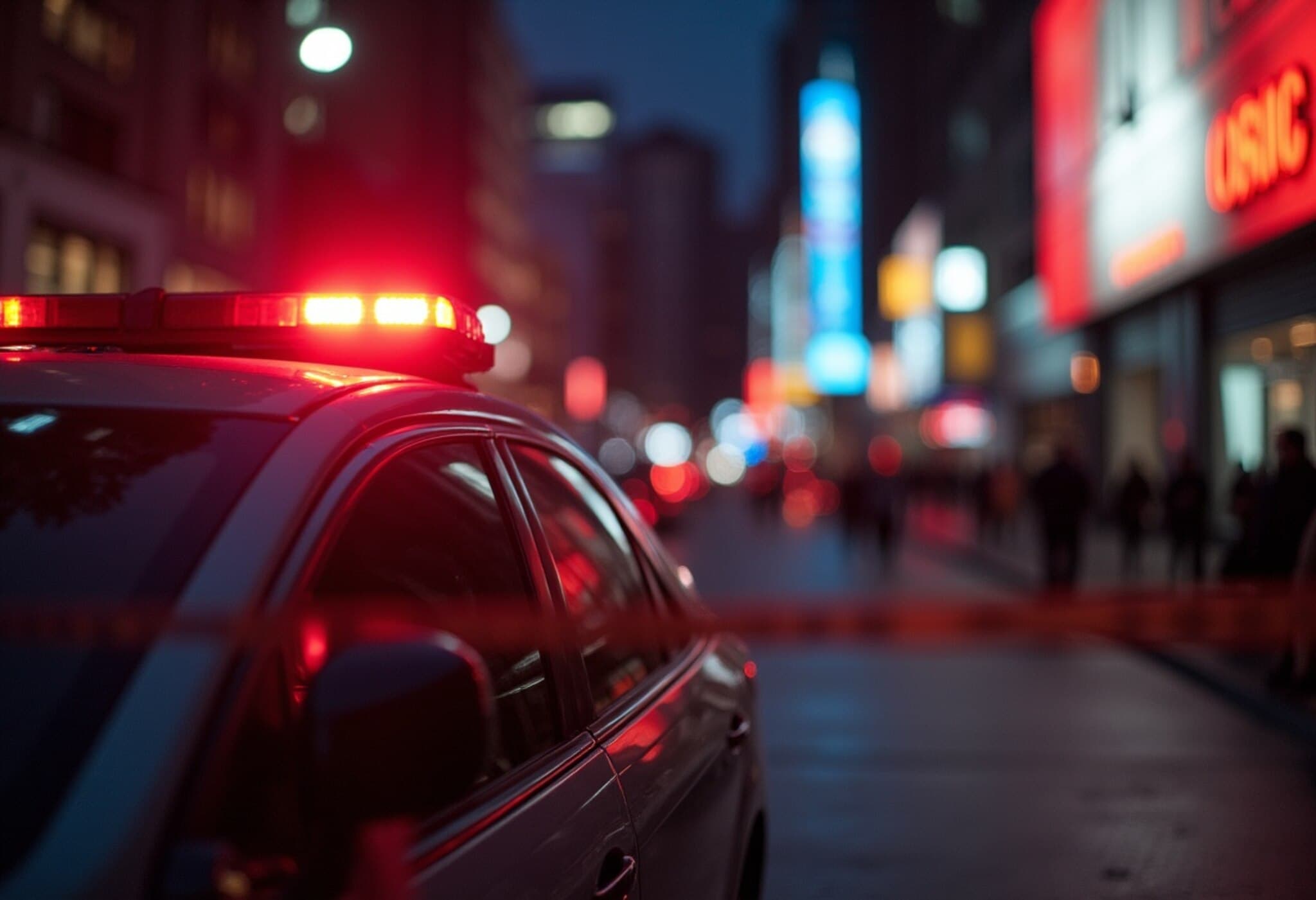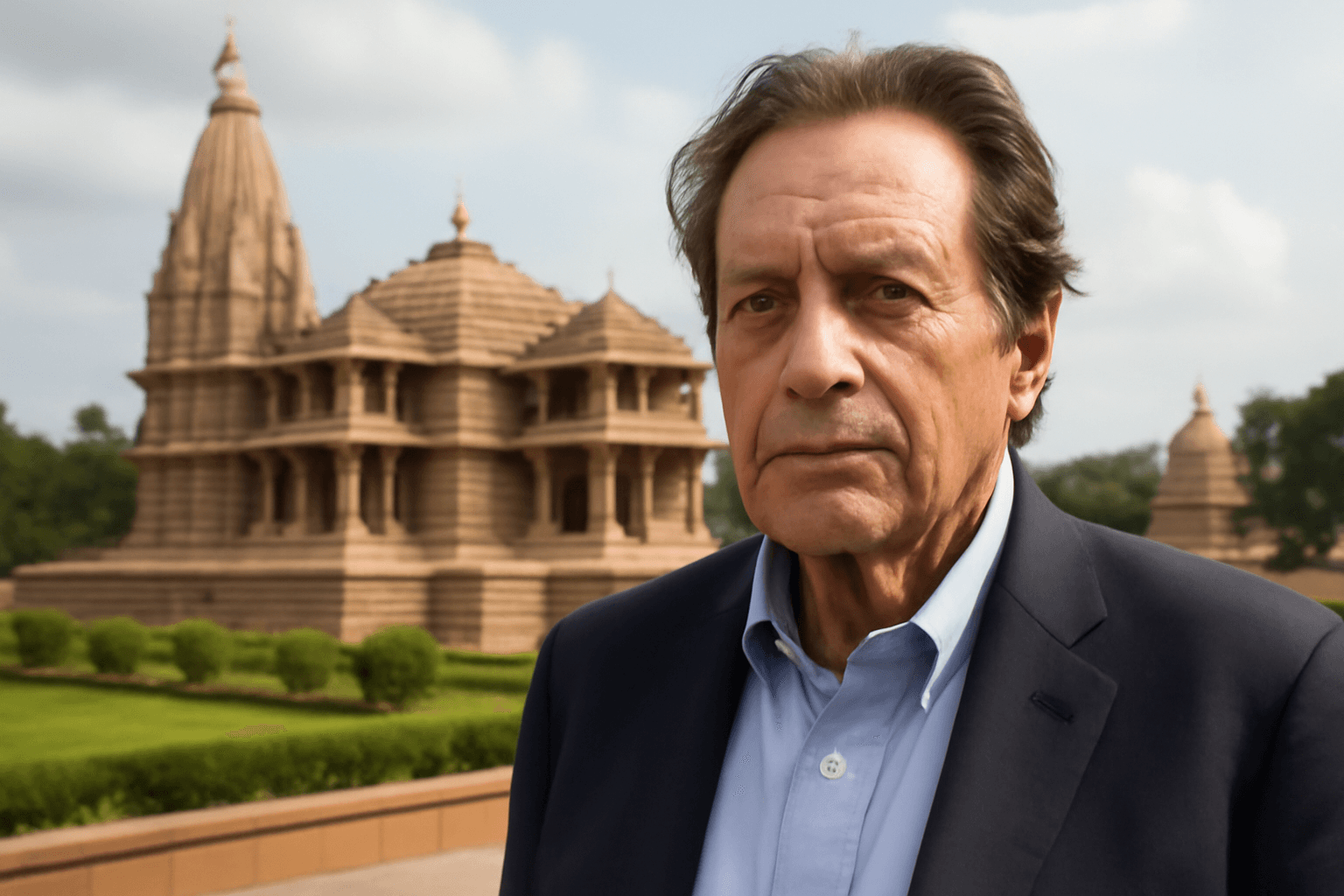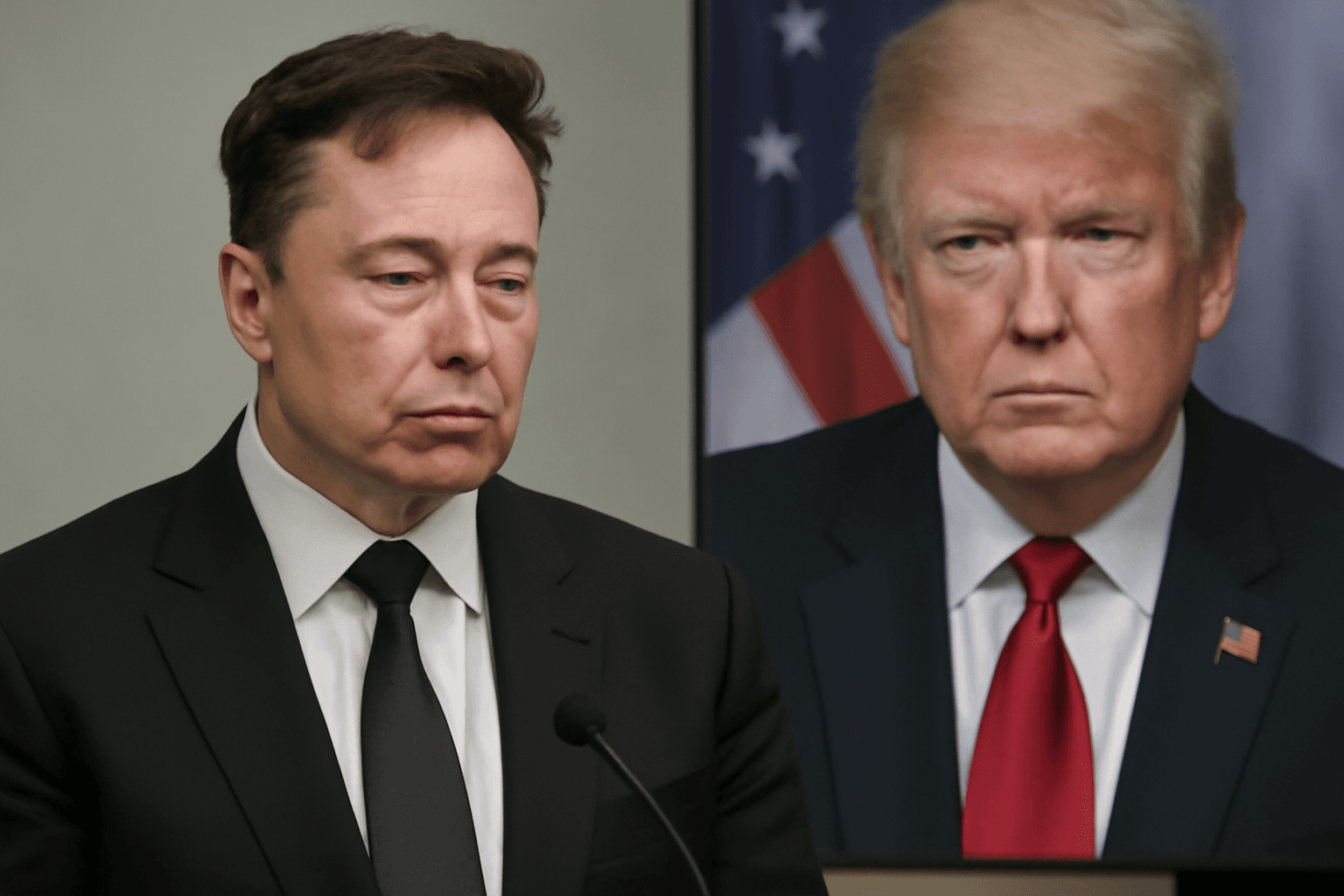A towering 45-foot-tall nude statue named R-Evolution has ignited a fierce debate in San Francisco, drawing strong reactions from residents and online commentators alike. Installed in Civic Centre Plaza near City Hall, the 32,000-pound steel sculpture represents a bold artistic statement but has also been described by some as "obscene."
Created by artist Marco Cochrane, R-Evolution debuted at the 2015 Burning Man festival. The statue depicts a nude female figure with outstretched arms, symbolizing female empowerment and challenging societal norms about the human body and vulnerability. Initially planned for New York’s Union Square, the installation was relocated to San Francisco after concerns over its weight and placement.
The artwork’s presence in a prominent public space was installed without prior public consultation, fueling the controversy. Advocates argue that the installation embraces San Francisco’s long-standing values of openness, inclusivity, and artistic expression. A spokesperson connected to the project emphasized that the sculpture aims to invigorate public space and stimulate important conversations about the role of art in society.
Many members of the local arts community have praised the statue, highlighting its ability to provoke thought and confront cultural discomfort surrounding nudity and femininity. According to a local curator, "Art is meant to challenge us and make us reflect, and this statue does precisely that by breaking taboos and encouraging dialogue about the human form in public spaces."
Conversely, the statue has faced sharp criticism from parts of the public who view its explicit nudity as unsuitable for an area frequented by families. Social media users condemned the installation for lacking community approval and questioned the city’s priorities, with some suggesting that public funds would be better spent on practical infrastructure improvements like restrooms.
In response to the ongoing debate, city officials have committed to organizing public forums to discuss community concerns and decide the artwork’s future placement. The dialogue highlights a broader discussion on the balance between artistic freedom and public sensibilities in shared urban environments.

